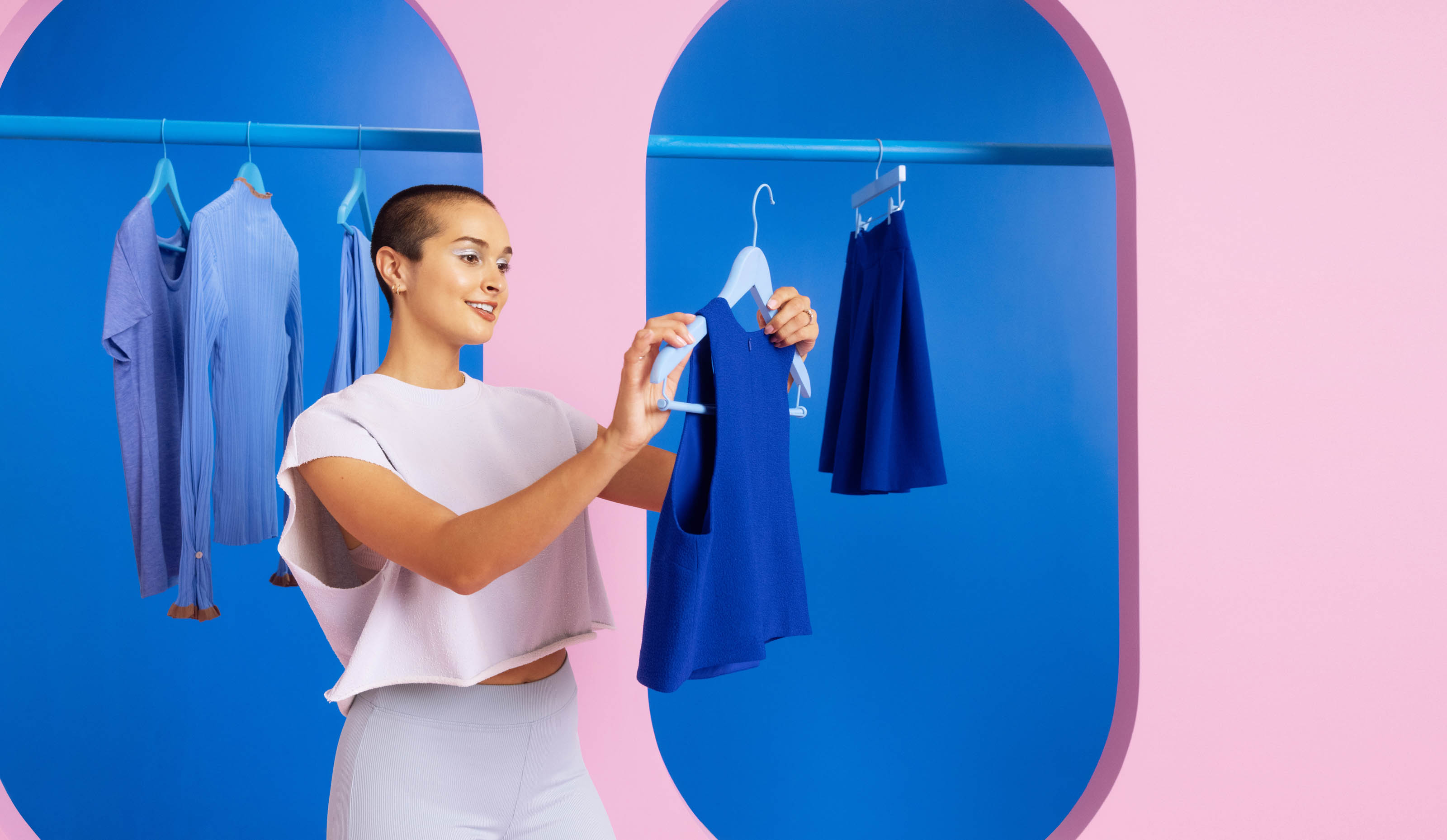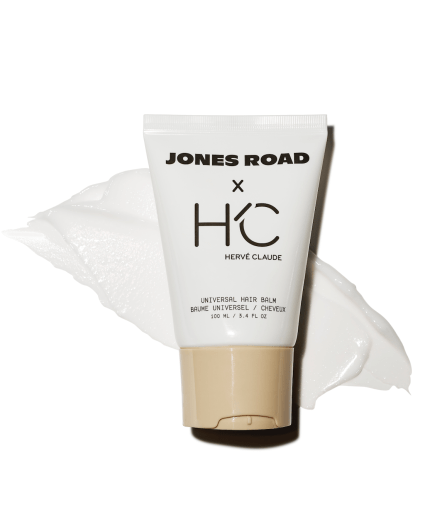How fashion brands are demystifying consumer loyalty and engaging shoppers
With countless fashion brands available to U.S. shoppers, consumers are becoming less attached to brands and more accustomed to switching between labels and styles. Fashion brands are engaging with both new and loyal shoppers to drive revenue in an increasingly competitive space and establish their place in consumers’ wardrobes.
According to a May 2022 Kantar and Amazon Ads custom study of apparel shoppers in the U.S., 69% of apparel shoppers say they are undecided on brand choice at the start of their shopping journey, up 30% from 2020. While more consumers are starting their shopping journey in a brand-agnostic state, suggesting they’re open to discovering new brands, marketers must find ways to stand out amid the countless fashion brands that consumers are exposed to if they want to establish brand loyalty.
“Brand loyalty is built on long-term trust from repeat customers,” said Holly Wheeler, Vice President of Global Brand Marketing at Wrangler, which has worked with Amazon Ads since 2015. “One of the biggest challenges is to understand how loyalty trends are changing and then pivot.”
“Our consumers today are looking for exceptional quality backed by authenticity, yet they still want individual choice,” Wheeler continued. “Brands that can reliably deliver, and at the speed consumers are demanding, are the brands that are winning with loyalists in this environment.”
Understanding apparel shoppers’ motivations
Brand loyalty does not necessarily equate to brand exclusivity, and even the most loyal shoppers don’t solely buy clothing from a single brand. According to the same Kantar and Amazon Ads custom study, 65% of apparel shoppers surveyed own five or more brands in their wardrobe, and 82% mix and match pieces from different brands when putting together an outfit.
Consumers’ desire to curate their own outfits also influences their shopping habits. According to research from MRI Simmons, 78% of apparel shoppers say that the overall look is more important than the brand when shopping for fashion. For fashion labels looking to keep their place in consumers’ closets, brands may need to prioritize aesthetics over brand recognition.
“Fashion consumers are devoted to personally curating their identities and public image through their apparel choices,” Wheeler said. “This individualized decision-making is rooted in fit and style, as well as beliefs. We are continually talking to customers so that we always understand what our different audience segments are looking for and why.”
How brands leverage audience insights to reach apparel shoppers
Even as shoppers’ motivations and habits evolve, they are open-minded about trying new brands. According to May 2022 research from McKinsey & Co., more consumers are switching brands now than in 2020.
One way advertisers can reach new audiences and facilitate brand discovery is by considering the lifestyles consumers are shopping for through behavioral or contextual signals.
Behavioral audiences can help brands reach groups of relevant shoppers, such as those who regularly shop or browse for related products. According to internal Amazon Ads research, on average, brands that reach audiences based on both behavioral and demographic signals saw a 41% increase in consideration compared to brands that only leverage demographic signals.
Marketers can also deliver relevant ads based on what shoppers are actively browsing or demographic signals, which are refined by attributes including geography, gender, age or household income.
“Using the right values-based messaging in the right moment is key to resonating with fashion audiences,” said Spencer Lian-Thornton, head of apparel ads at Amazon Ads.
Understanding and activating these audiences allows fashion brands to reach relevant shoppers. For instance, shoppers living in colder regions (an example of a demographic audience) may not be receptive to a swimsuit brand’s messaging. However, audiences shopping for a warm, tropical vacation (an example of behavioral audiences or contextual advertising) may be receptive.
Why apparel brands are embracing new ad solutions
As Amazon Ads’ Lian-Thornton explains, “fashion consumers may be prioritizing custom curation of their outfits, so brands can consider how their brand fits into shoppers’ worlds.” With fashion shoppers showing interest in brands that are aligned with their aesthetic, digital marketers are turning to the channels that these consumers are engaging with already. This means using alternative ad solutions beyond display ads and Sponsored Products.
For instance, interactive shoppable experiences, such as Amazon Live, help shoppers visualize products through the wardrobes of influencers and style experts. According to Amazon Ads research, fashion brands that sponsor live series see 69% of sales come from new shoppers.
Video ads, including streaming TV ads, also help advertisers reach relevant, new-to-brand audiences and repeat shoppers — which can further help to drive sales growth. According to MRI Simmons research, 83% of apparel shoppers surveyed engage with streaming TV at least once a week. Internal Amazon research shows that, on average, apparel brands that used video ads saw a 2.7x higher growth rate in new-to-brand customers, a 2.8x higher growth rate in repeat customers and 2.2x higher sales growth compared to brands that did not include video ads in their strategy (and only included sponsored ads).
According to an internal Amazon Ads analysis, Streaming TV ad packages that included Twitch showed, on average, 17% more new-to-brand purchases compared to those that did not feature Twitch.
“With new shoppers, it’s about building trust at engaging touchpoints along their path to purchase, but with returning shoppers, it’s about fine-tuning your strategies towards their unique needs,” said Lian-Thornton.
“With returning customers, in addition to showing up where they are, brands might consider showing what’s new or what’s next,” Lian-Thornton added. “It may be more valuable to focus on what additional items can be mixed and matched as a complement to their original purchase or take into consideration the lifestyles consumers are shopping for. Similarly, a returning customer might also be interested to know more about the brand’s values, improvements in sustainability or discovering a new collection.”
Sponsored by: Amazon Ads





